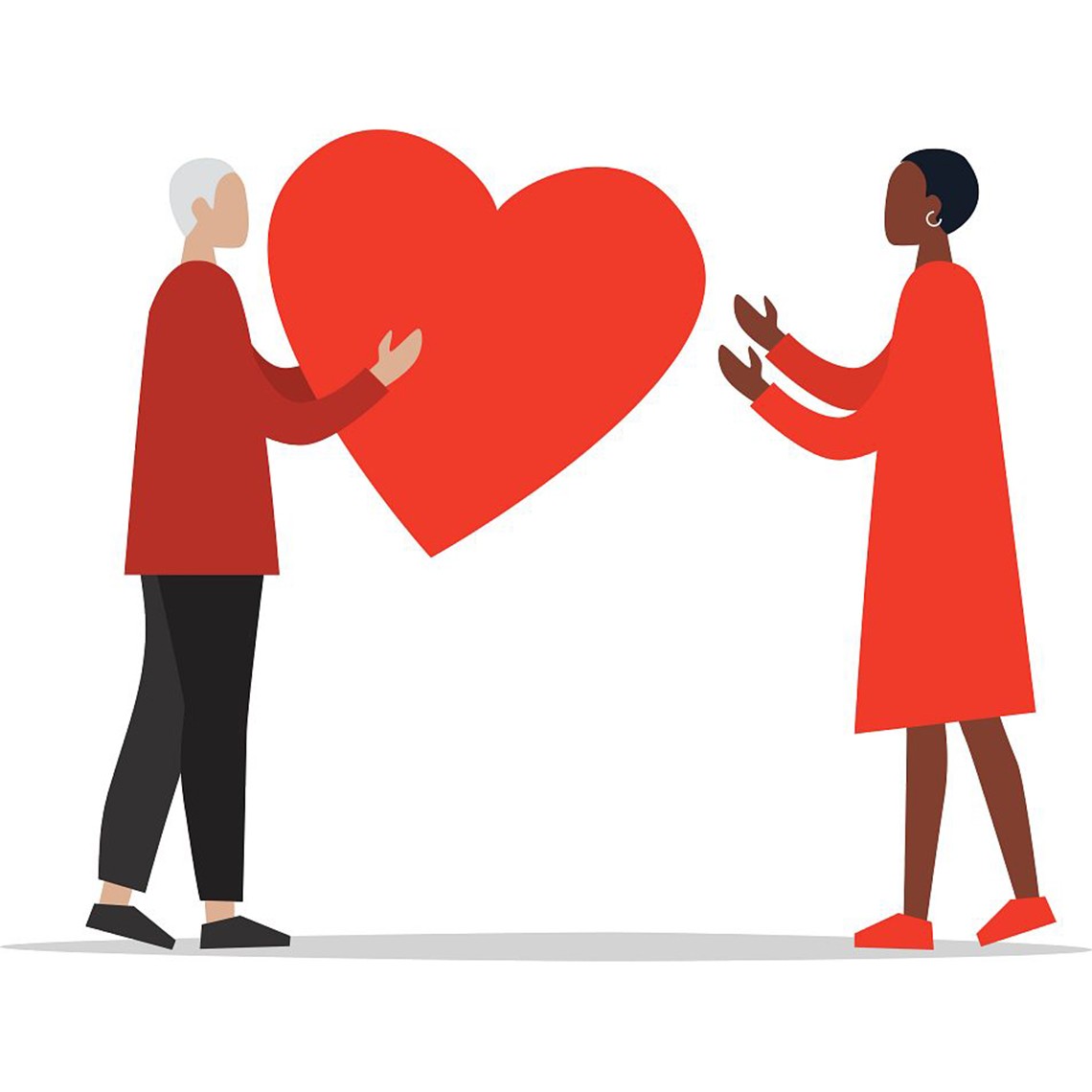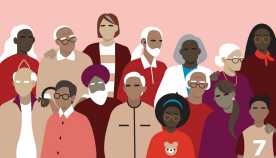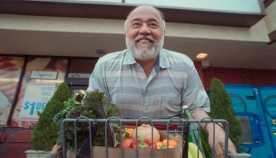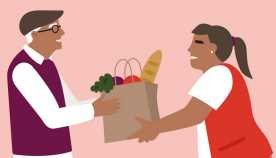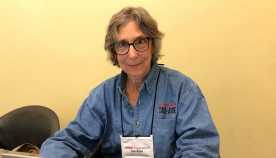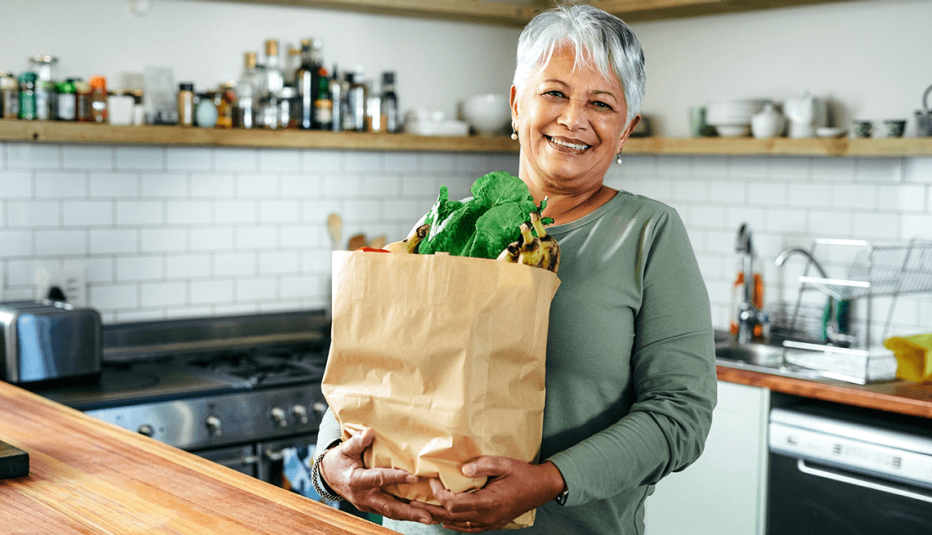About Us

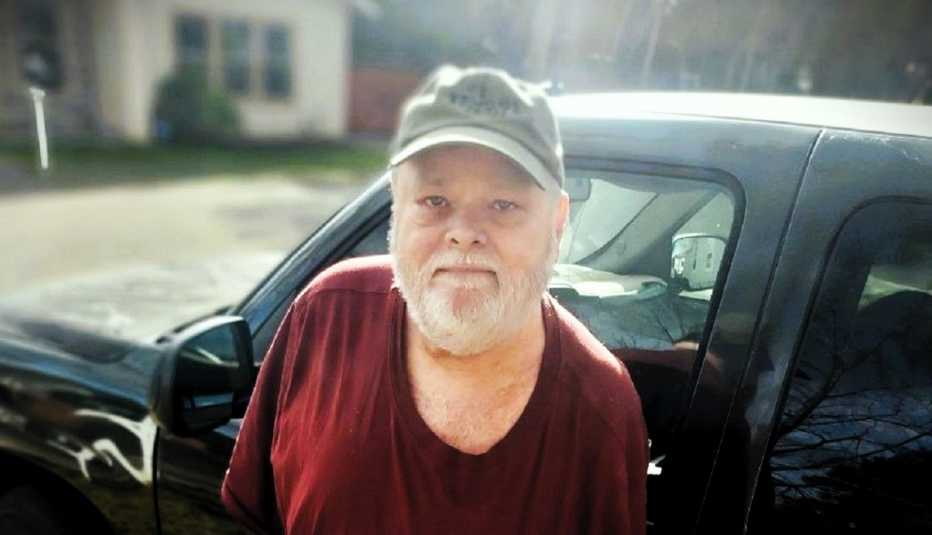
Tom McSpedden, 70, lives in a rented room in Citrus Heights, California. And though long-time friendships keep him from becoming isolated, his poor health and financial difficulties make it tough for him to do much.
It’s a big change from the life Tom lived for three decades as a truck driver. “I loved it. I felt like I was getting paid to see the country,” he says. When he got tired of being on the road for long stretches, he took local driving jobs to pay the bills until a series of heart attacks stopped him in his tracks.
One of those heart attacks landed him in the hospital for several days. And it was then, Tom says, that he made the catastrophic mistake that changed the course of his life.
“When I got out of the hospital, they said I owed them a million-something dollars,” he explains. “But I didn’t ask what my options were. I gave them everything I’d saved because I thought I had to.”
So, in 2006, Tom became completely dependent on Social Security disability benefits, having developed COPD in addition to heart problems. “It’s not particularly livable,” he says, “but my parents taught us that you pay your bills and live within your means, so that’s what I did.”
He also applied for Medicaid and was automatically enrolled in CalFresh, California’s name for SNAP (Supplemental Nutrition Assistance Program, formerly called food stamps). At first, he was getting $67 a month in benefits. That amount increased over time, in part due to a CalFresh program that allows $60 a month in purchases from local farmers’ markets, but it wasn’t nearly enough — especially for someone who, like Tom, has type 2 diabetes.
It’s hard to overstate the importance of nutritious foods for people trying to manage diabetes. Unprocessed foods — like fresh vegetables and high-fiber whole grains — help to keep blood sugar levels in check, while highly refined foods — think white bread, sodas, and sugary breakfast cereals — can cause blood sugar levels to spike dangerously high.
But fresh, unprocessed foods cost a lot more than the highly processed kind. “Eating healthy is expensive,” Tom says. “If you’re living off benefits, you have to throw diabetes out the window.”
